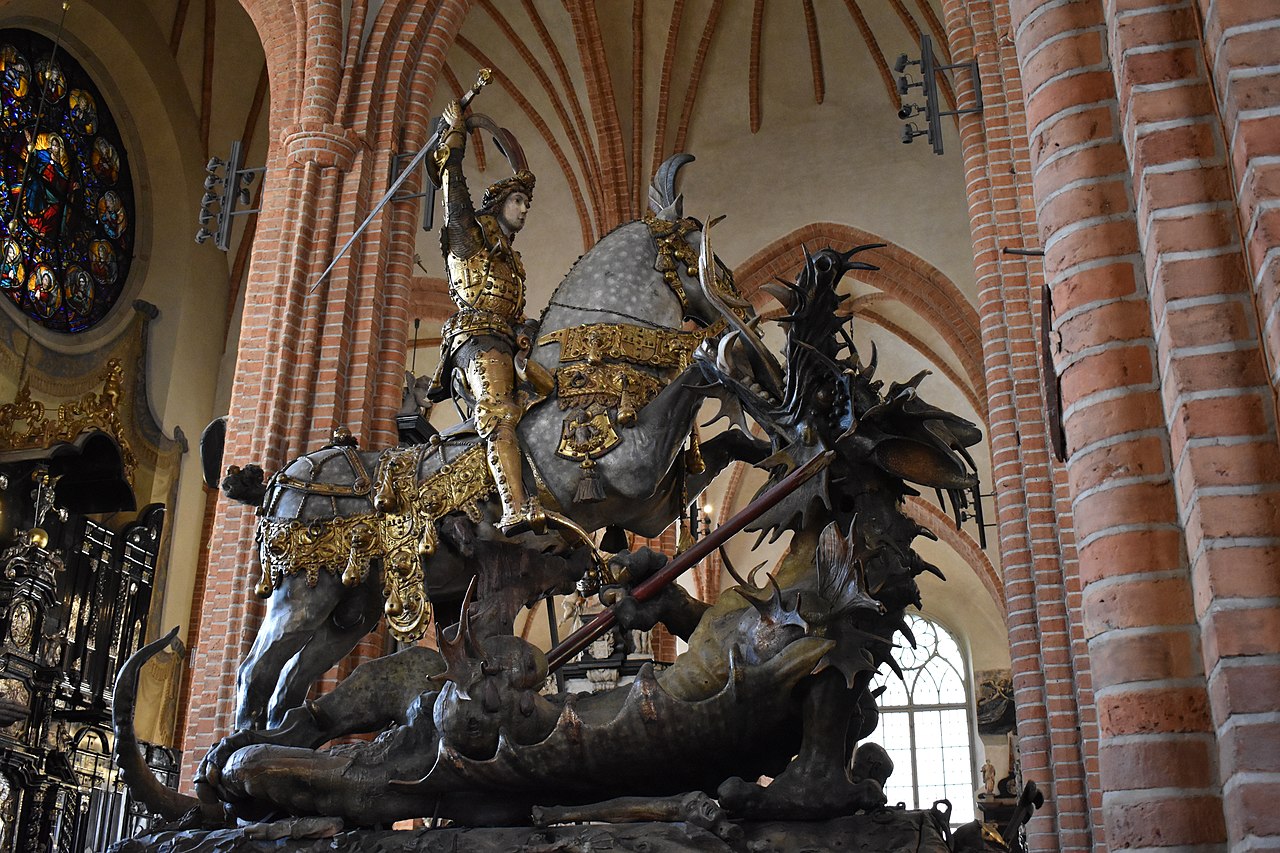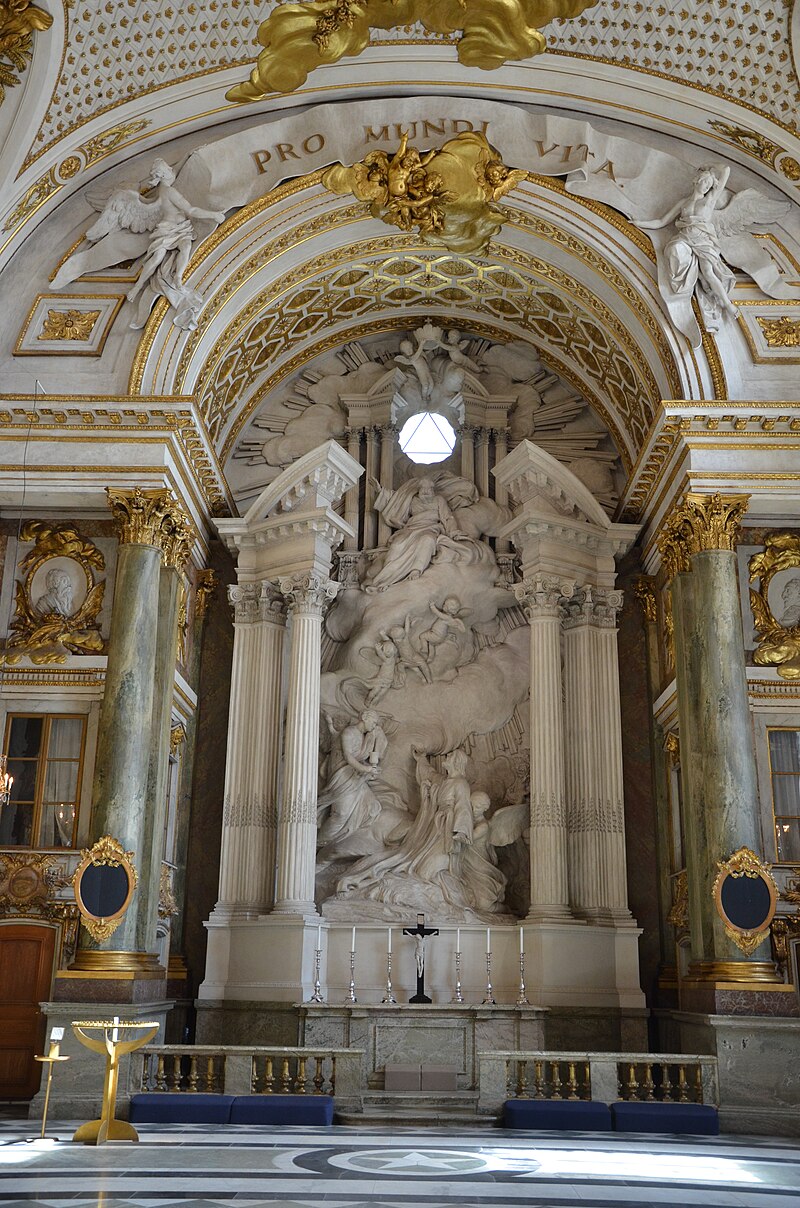by Susan Flantzer
© Unofficial Royalty 2022

Alois I, Prince of Liechtenstein; Credit – Wikipedia
Alois I, Prince of Liechtenstein was born in Vienna, Austria on May 14, 1759. Alois Josef Johannes Nepomuk Melchior was the fifth of the eight children and the third but the eldest surviving of the five sons of Franz Josef I, Prince of Liechtenstein and Countess Leopoldine von Sternberg. Since the Principality of Liechtenstein was a constituent member of the Holy Roman Empire headed by the Habsburgs and Alois’ father had several government positions, the family spent much time in Vienna, Austria.
Alois had seven siblings:
- Prince Josef Franz of Liechtenstein (1752 – 1754), died in childhood
- Princess Leopoldina of Liechtenstein (1754 – 1823), married Karl Emanuel, Landgrave of Hesse-Rheinfels-Rotenburg, had one son
- Princess Maria Antonia of Liechtenstein (1756 – 1821), became a nun
- Prince Franz de Paula Josefof Liechtenstein (1758 – 1760), died in childhood
- Johann I Josef, Prince of Liechtenstein (1760 – 1836), married Landgravine Josepha of Fürstenberg-Weitra, had fourteen children
- Prince Philipp Josef of Liechtenstein (1762 – 1802), unmarried
- Princess Maria Josefa of Liechtenstein (1768 – 1845), married Nikolaus 7th Prince Esterházy von Galántha, had two children

Karoline von Manderscheid-Blankenheim, Princess of Liechtenstein, as Iris, Greek goddess of the rainbow by Élisabeth Vigée-Lebrun,1793; Credit – Wikipedia
Upon the death of his father Franz Josef I, Prince of Liechtenstein on August 18, 1781, the 22-year-old Alois became the reigning Prince of Liechtenstein. On November 16, 1783, Alois married 15-year-old Countess Karoline von Manderscheid-Blankenheim, daughter of Count Johann Wilhelm von Manderscheid-Blankenheim and Countess Johanna von Limburg-Stirum. Although the couple had no children, Karoline had two illegitimate children with her long-time lover Franz von Langendonck, a captain in the Imperial Austrian Army.

Lednice Castle; Credit – By Alena Tučímová – Own work, CC BY-SA 4.0, https://commons.wikimedia.org/w/index.php?curid=35791237
Alois did much to improve the administration and management of his estates. He introduced modern production methods on his estates, experimented with breeding, and imported numerous useful and ornamental plants for economic reasons and botanical interests. Alois was passionate about books and continued to expand the princely library by purchasing extensive collections.

Valtice Castle; Credit – By Huhulenik – Own work, CC BY 3.0, https://commons.wikimedia.org/w/index.php?curid=15256136
Among the many properties owned by the House of Liechtenstein were the ones in Moravia, now in the Czech Republic, since 1130. After World War II, the properties were seized by the Communist government of Czechoslovakia. During his reign, Alois engaged architect Joseph Hardtmuth (link in German) to work at Eisgrub Castle, now called Lednice Castle, and Valtice Castle. Hardmuth renovated farm buildings and castle buildings, designed landscaped gardens, and erected exotic structures such as obelisks, triumphal arches, and artificial ruins.

Church of the Nativity of the Virgin Mary in Vranov, Czech Republic: Credit – Von Ojin – Eigenes Werk, CC BY-SA 3.0, https://commons.wikimedia.org/w/index.php?curid=6438939
Alois I, Prince of Liechtenstein died on March 24, 1805, aged 45, in Vienna, Austria. He was buried in the Old Crypt at Chuch of the Nativity of the Virgin Mary in Vranov, Moravia, now in the Czech Republic. Alois was succeeded by his brother Johann I Josef, Prince of Liechtenstein. Karoline, Alois’ widow, survived her husband by twenty-six years, dying at the age of 62 in Vienna, Austria. She was buried at the Hietzing Cemetery (link in German) in Vienna.
This article is the intellectual property of Unofficial Royalty and is NOT TO BE COPIED, EDITED, OR POSTED IN ANY FORM ON ANOTHER WEBSITE under any circumstances. It is permissible to use a link that directs to Unofficial Royalty.
Works Cited
- De.wikipedia.org. 2021. Alois I. (Liechtenstein) – Wikipedia. [online] Available at: <https://de.wikipedia.org/wiki/Alois_I._(Liechtenstein)> [Accessed 5 December 2021].
- De.wikipedia.org. 2021. Joseph Hardtmuth – Wikipedia. [online] Available at: <https://de.wikipedia.org/wiki/Joseph_Hardtmuth> [Accessed 5 December 2021].
- De.wikipedia.org. 2021. Schloss Lednice – Wikipedia. [online] Available at: <https://de.wikipedia.org/wiki/Schloss_Lednice> [Accessed 5 December 2021].
- En.wikipedia.org. 2021. Aloys I, Prince of Liechtenstein – Wikipedia. [online] Available at: <https://en.wikipedia.org/wiki/Aloys_I,_Prince_of_Liechtenstein> [Accessed 5 December 2021].
- En.wikipedia.org. 2021. Valtice – Wikipedia. [online] Available at: <https://en.wikipedia.org/wiki/Valtice> [Accessed 5 December 2021].
- Flantzer, Susan, 2022. Franz Josef I, Prince of Liechtenstein. [online] Unofficial Royalty. Available at: <https://www.unofficialroyalty.com/franz-josef-i-prince-of-liechtenstein/> [Accessed 4 December 2021].
- Fuerstenhaus.li. 2021. Century: 18th century. [online] Available at: <https://fuerstenhaus.li/en/die-biographien-aller-fuersten/18-century/> [Accessed 5 December 2021].



























